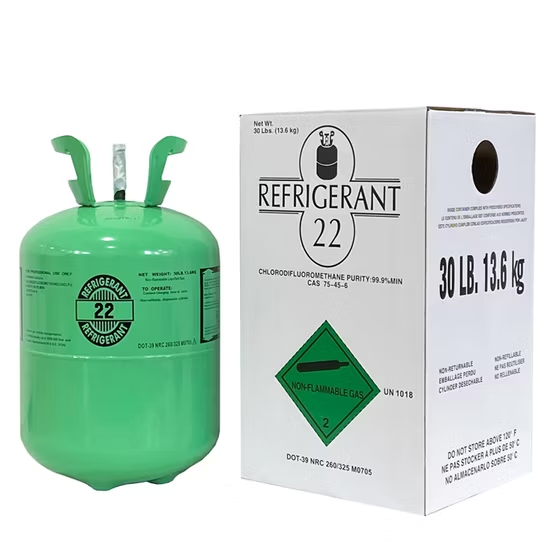Ever wondered how many watts a refrigerator uses and how much it adds to your electricity bill each month? You’re not alone. Since refrigerators run 24/7, even a small difference in wattage can have a big impact on your energy costs over time.
In this article, we’ll break down exactly how refrigerator wattage works, how to calculate your fridge’s power use, and ways to make it more energy-efficient — all in plain, human language.
Meta Description:
Find out how many watts a refrigerator uses, what affects energy consumption, and tips to save power and lower your electricity bill.
How Many Watts Does a Refrigerator Use? A Simple Guide to Power Consumption
Ever wondered how many watts a refrigerator uses and how much it adds to your electricity bill each month? You’re not alone. Since refrigerators run 24/7, even a small difference in wattage can have a big impact on your energy costs over time.
In this article, we’ll break down exactly how refrigerator wattage works, how to calculate your fridge’s power use, and ways to make it more energy-efficient — all in plain, human language.
Understanding Refrigerator Wattage
Before diving into the numbers, let’s start with the basics. Wattage simply measures how much electrical power a device uses. When it comes to refrigerators, wattage varies based on size, age, model, and efficiency.
On average:
-
A modern refrigerator typically uses between 100 to 800 watts.
-
Mini-fridges use around 50 to 100 watts.
-
Large side-by-side or smart fridges can go up to 700–800 watts.
The exact wattage depends on several factors, which we’ll explore next.
Factors That Affect Refrigerator Power Usage
1. Size and Type
Larger fridges with more compartments, ice makers, and smart features naturally consume more power. For instance, a compact fridge in a dorm room will use far less energy than a double-door family refrigerator.
2. Age and Energy Rating
Older models can consume almost twice the electricity of newer, Energy Star-rated units. New refrigerators use better compressors and insulation that keep energy consumption low.
3. Temperature Settings
Keeping your fridge at extremely cold temperatures increases power draw. The ideal setting is 37°F (3°C) for the fridge and 0°F (-18°C) for the freezer.
4. Usage Habits
Constantly opening the door, overloading it with food, or placing hot dishes inside can make your fridge work harder — and use more watts.
5. Room Temperature
If your refrigerator is in a warm or poorly ventilated space (like next to an oven or in direct sunlight), it needs more energy to maintain cool temperatures.
How to Calculate Refrigerator Energy Consumption
Knowing how many watts your refrigerator uses is helpful — but what you really want to know is how much electricity it consumes daily or monthly.
Here’s how to calculate it easily:
1: Find your refrigerator’s wattage (check the label or manual).
2: Multiply the wattage by the number of hours it runs per day.
3: Divide by 1000 to convert watts to kilowatt-hours (kWh).
Example:
If your refrigerator uses 200 watts and runs for 8 hours per day (compressors cycle on and off), the calculation looks like this:




